Concrete has helped humans build structures for years but we cannot deny that it is affecting our way of life.
Just like plastic, concrete has caused drastic damage to our environment. Due to concrete’s immense consumption and production, it has become a massive contributor to greenhouse gas emissions.
Still, it is not too late to take the initiative and help save the environment. Let’s adopt the green revolution and make our planet better. In that spirit, take a look over a list of eco-friendly alternatives to concrete:
1. AshCrete

Also known as fly ash, a by-product of coal waste usually ends up in landfills. Nowadays used by construction companies as an eco-friendly alternative to traditional concrete.
Production of cement from AshCrete helps reduce carbon dioxide gas emissions and lessens its impact on the atmosphere.
It also helps strengthen concrete and reduce bleeding or shrinkage. Moreover, concrete made with fly ash is resistant to alkali-silica reactivity, making it more durable and sustainable. Fly ash replaces 97% of components in traditional concrete, which makes it its best alternative.
2. Green Concrete
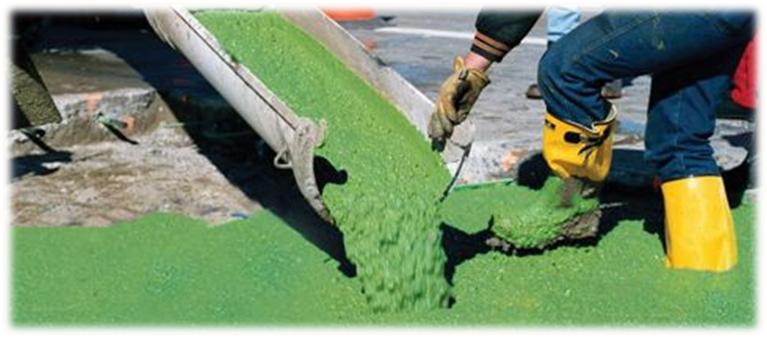
Green concrete is produced from waste material and residues. It leads to less environmental destruction and consumes less energy for its manufacturing.
Compared to traditional concrete, it has high performance, more durability, a greater life cycle, and strength.
By using this cheap, eco-friendly alternative, we can reduce the burden on natural resources and the production of CO2 gas.
3. Straw Bales
Straw Bale was quite popular back when houses or buildings were made with locally available and natural raw materials.
It is used to build walls inside a frame. Straw Bales serve as a sustainable alternative to concrete and other construction materials such as wood, plaster, stones and gypsum.
It is a renewable material made with straws of rice, wheat, oats etc., tightly bound together. Besides lowering the environmental impact, it is also a good thermal insulator of different climatic conditions.
4. Bamboo

Bamboo is a locally sourced construction material that has been in use for a long time. It is quite a trendy choice to replace concrete.
Tensile strength, versatility, fire resistance, light-weight, renewable and environment-friendly nature are some properties that make bamboo a good option.
Due to fire resistance properties, it is extremely useful in disaster-prone areas. Moreover, it is cheap and affordable compared to traditional concrete and grows quickly.
5. Grasscrete
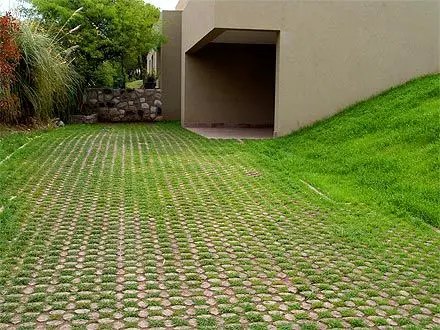
Grasscrete is a creative way to reduce the overall usage of hazardous construction material.
It is a process that doesn’t directly replace the concrete, but grass or other flora is allowed to grow between concrete floorings, driveways, walkways, and sideways.
The grass is arranged in the form of open patterns. This method helps reduce concrete usage and serves as a great drainage alternative.
Grass absorbs rain and excess stormwater and provides spaces for carbon dioxide absorption. Hence, it can be a good eco-friendly alternative to traditional concrete.
6. Wood Fibre
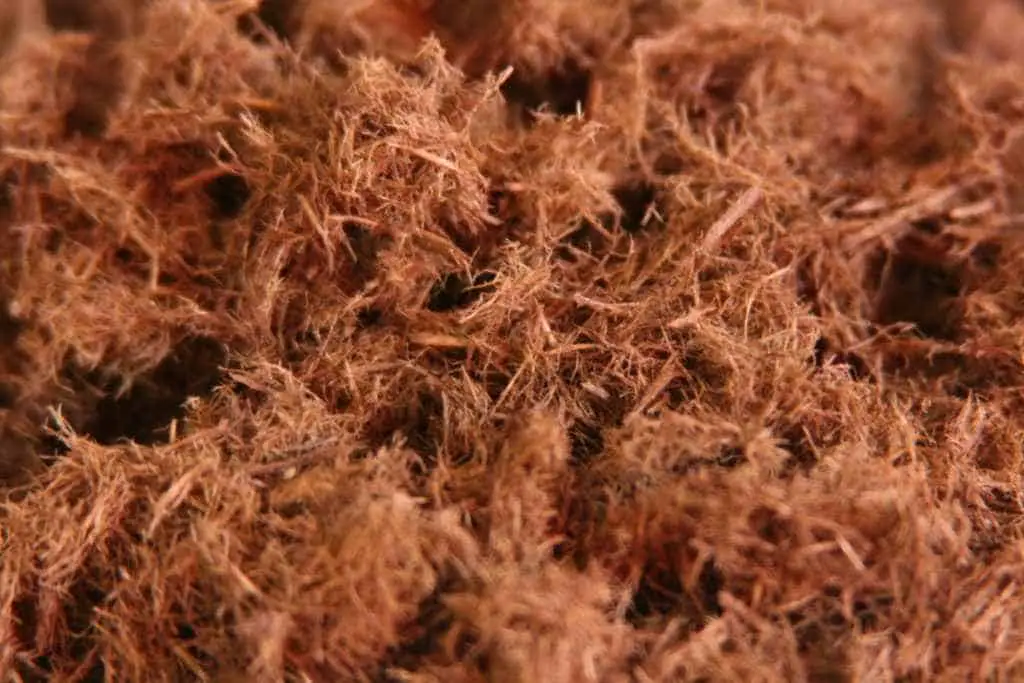
Wood fibre is a green alternative that retains several advantages over concrete. Its production from plain old wood is a less energy-intensive method.
Trees absorb more CO2 as they grow, so houses built with wood fibers also have higher chances of absorbing CO2. It can ultimately reduce carbon footprint and help make the planet a better place to live.
7. Rammed Earth
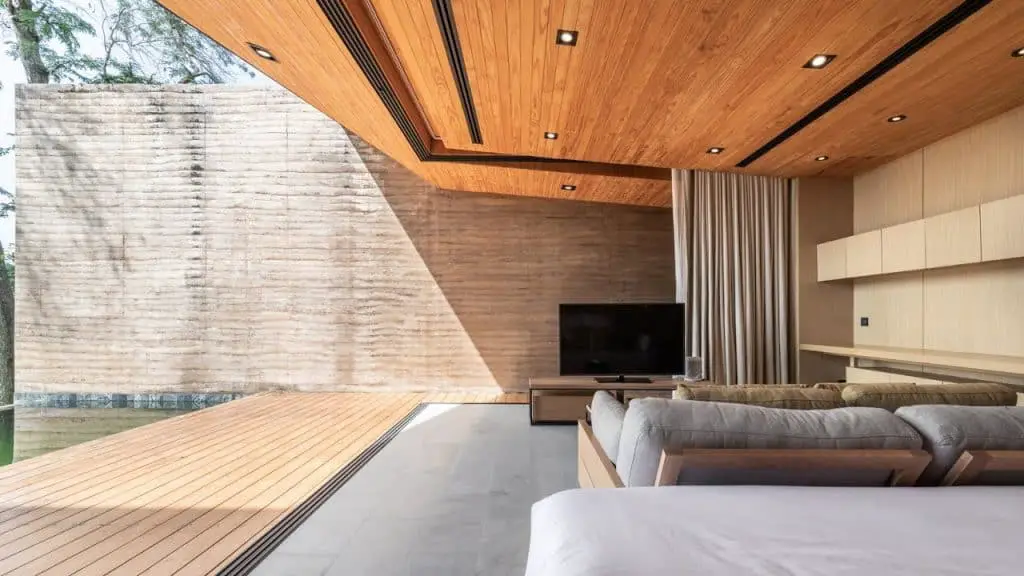
Rammed Earth is an ancient technique that can last for a long time. Recently this technique has been revived to construct sustainable buildings and houses.
It uses natural raw material just under our feet-dirt, clay, chalk, lime or soil.
Rebar or bamboo is typically used for constructing modern rammed earth buildings.
It requires less labor to construct strong walls. Using rammed earth can also replace driveways built with concrete.
8. Concrete Debris
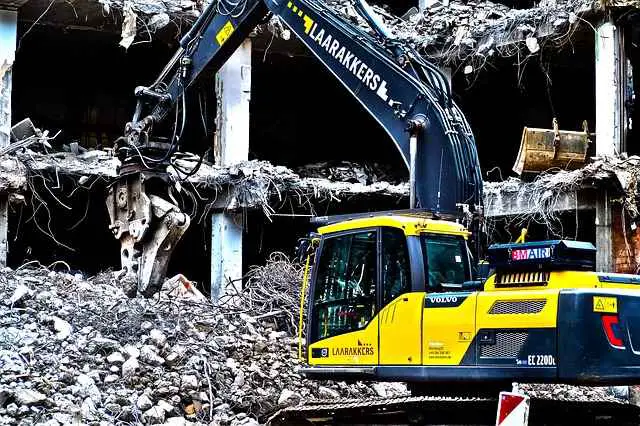
Concrete debris is waste left out from concrete production. Using this construction waste in sustainable building development is a clever way to reduce emissions and environmental impact. It lessens resource consumption, reduces waste from demolition and expenses. The reuse of debris cuts on virgin raw material and helps save valuable landfill space.
9. Ferrock

Ferrock is made with recycled material known as steel dust. Cement is replaced with steel dust to create a concrete-like building.
It absorbs and traps carbon dioxide during its hardening process, making it carbon neutral.
As a result, it reduces carbon footprint and helps promote a green environment. Ferrick is durable and stronger than concrete so you can make use of it to promote eco-friendly products.
10. Hempcrete
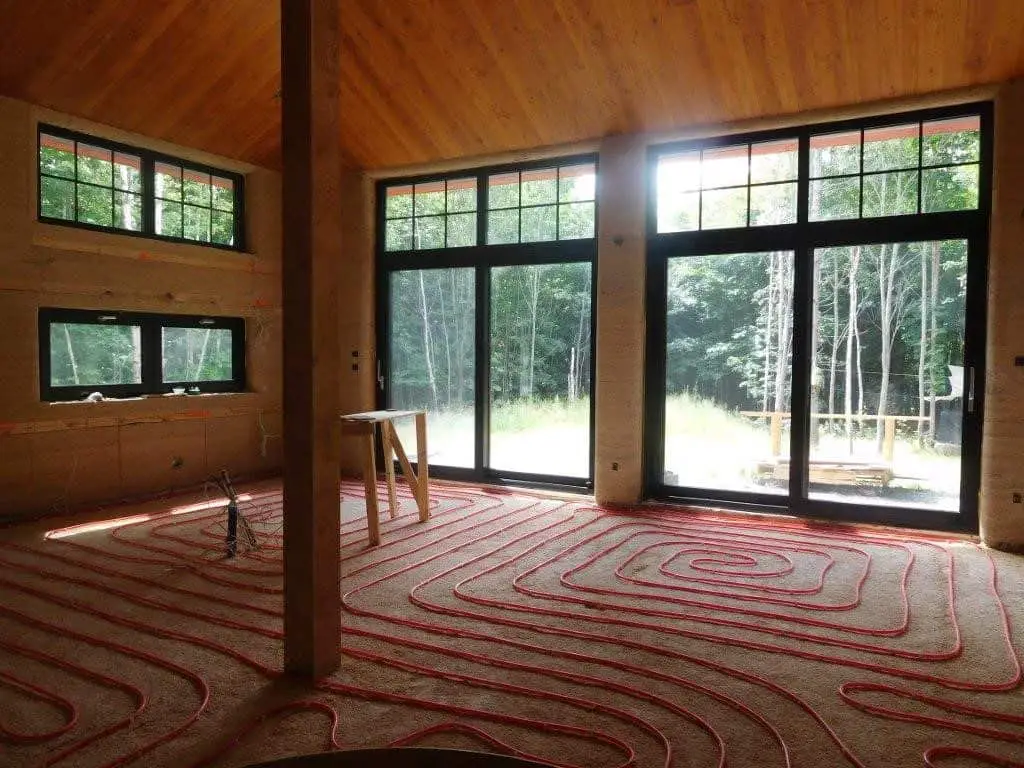
Hempcrete has been used throughout history in the construction of buildings. It is manufactured from woody fibres present inside hemp plants, and lime is added to hemp fibres, resulting in concrete-like shapes.
Concrete requires a lot of energy while transferring blocks from one place to another, whereas hempcrete lessens energy use.
It is because hempcrete is lightweight due to its light and strong fibers. Moreover, it is a renewable, sustainable, and fast-growing alternative to traditional concrete.
11. Recycled Plastic
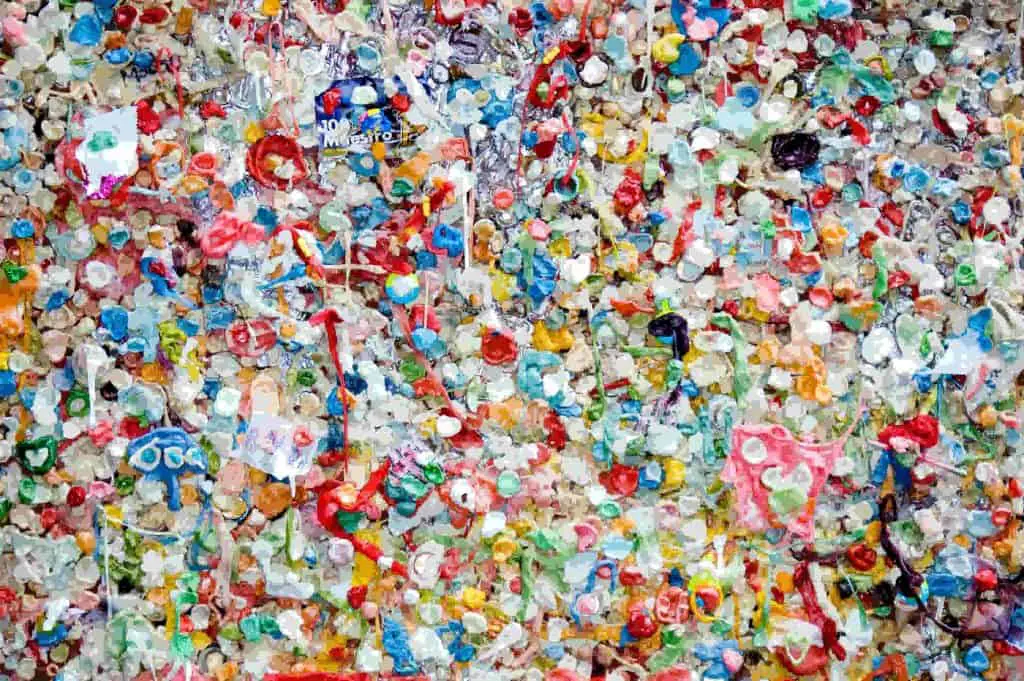
Plastic waste is easily recyclable, and its usage as an eco-friendly alternative is a smart move.
Plastic is non-biodegradable and can replace up to 20% of traditional aggregate material such as pebbles, stones, gravel, sand, slag etc. It is an insulating, durable, waterproof material and provides strength to its concrete. Moreover, it is easy to mould and cheap to convert into building materials.
12. Micro Silica
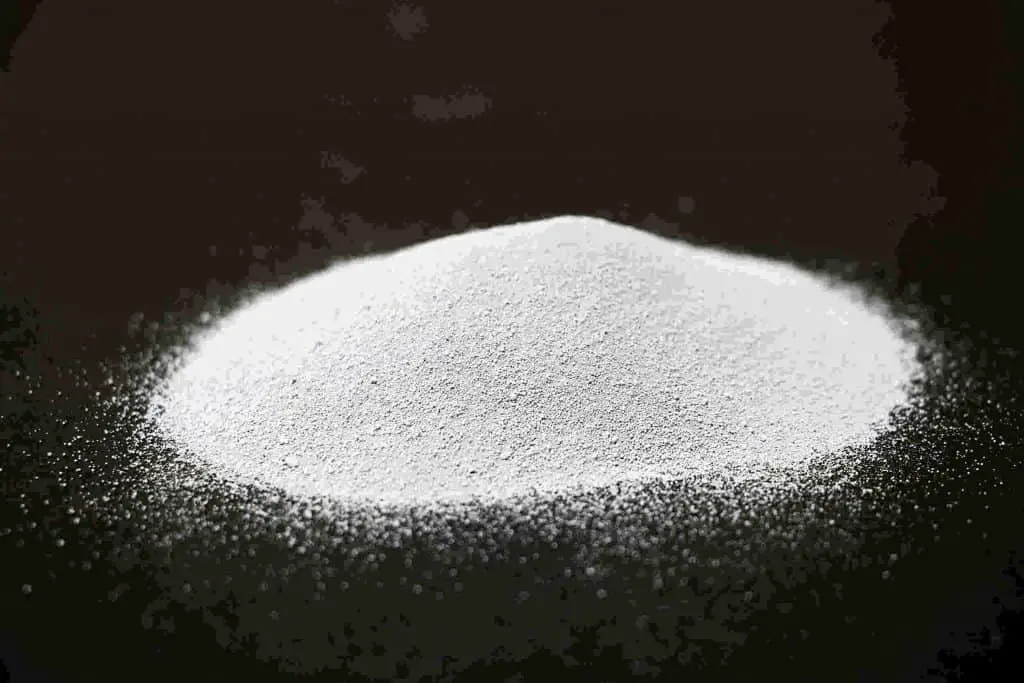
Micro silica is a fine powder also known as “silica fumes”. It is a by-product of silicon and ferrosilicon alloy production.
Silica fumes are used to replace cement in concrete, leading to concrete with excellent engineering properties. It increases the durability of concrete, making it less permeable and more strengthened.
Moreover, it reduces the thermal cracking of buildings exposed to harsh or strong chemicals. It is way more eco-friendly and sustainable than typical concrete.
13. Timbercrete

Last but not least, timber create has many perks over traditional concrete. It is a green construction material formed by mixing concrete and sawdust.
Sawdust replaces energy-intensive components of concrete and also reduces transportation emissions.
Timbercrete is lightweight and lessens the hazardous emissions produced by pavers, bricks, and blocks.





